
The Route de la Pierre was born from the initiative of two stonemasons, Louis Dutrieux and Orianne Pieragnolo. Five years ago, after discussions and meetings about their profession, they created a project to respond, in their own way, to the problems of their profession. Currently, the stone world suffers from several ills. With little promotion of the profession during the school years, a lack of awareness of the profession among the general public, little use of the material in the construction industry and a segmented technological transition, the profession and all of its knowledge and skills need to be supported more than ever. As vehicles of a rich culture and bearers of numerous current, ecological, environmental, technological and human values, the stone trades can be part of the innovative solutions of tomorrow. The Stone Route therefore aims to be a support and a vector for the development of this knowledge and these professions, which could have a positive impact on our societies in the long term.


OUR APPROACH
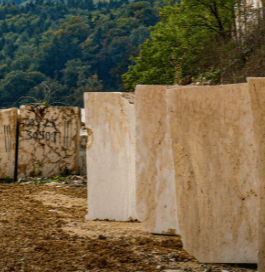

Where did you get the idea for this expedition?
We were in Paris in the autumn of 2016 and we were discussing a lot about the future of our profession, its representation in the construction landscape and its presence in the world. For example, we had noticed that in our training courses, we see very few forms or know-how present outside the borders of France. These questions animated us a lot and were closely linked to our itinerant way of life, which we had already chosen for some time. We were very attached to it, because for us it had become a natural stimulator of perpetual discovery. A sort of drug for the curious. So, in front of the quays of the Canal St Martin, we shook hands. A handshake that served as an informal contract signature. Whatever happens, we'll go off, by bike, to work around the world.
Cycling through Eurasia for a study on stonecutting

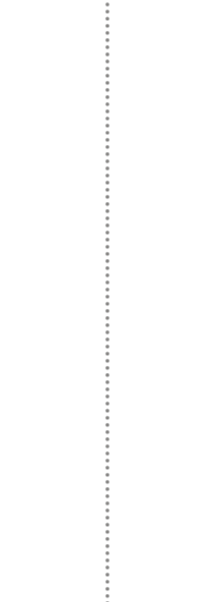

The Route de la Pierre was born from the initiative of two stonemasons, Louis Dutrieux and Orianne Pieragnolo. Five years ago, after discussions and meetings about their profession, they created a project to respond, in their own way, to the problems of their profession. Currently, the stone world suffers from several ills. With little promotion of the profession during the school years, a lack of awareness of the profession among the general public, little use of the material in the construction industry and a segmented technological transition, the profession and all of its knowledge and skills need to be supported more than ever. As vehicles of a rich culture and bearers of numerous current, ecological, environmental, technological and human values, the stone trades can be part of the innovative solutions of tomorrow. The Stone Route therefore aims to be a support and a vector for the development of this knowledge and these professions, which could have a positive impact on our societies in the long term.
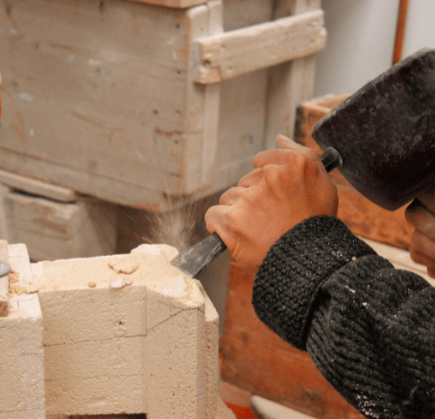

OUR APPROACH


Where did you get the idea for this expedition?
We were in Paris in the autumn of 2016 and we were discussing a lot about the future of our profession, its representation in the construction landscape and its presence in the world. For example, we had noticed that in our training courses, we see very few forms or know-how present outside the borders of France. These questions animated us a lot and were closely linked to our itinerant way of life, which we had already chosen for some time. We were very attached to it, because for us it had become a natural stimulator of perpetual discovery. A sort of drug for the curious. So, in front of the quays of the Canal St Martin, we shook hands. A handshake that served as an informal contract signature. Whatever happens, we'll go off, by bike, to work around the world.
Cycling through Eurasia for a study on stonecutting



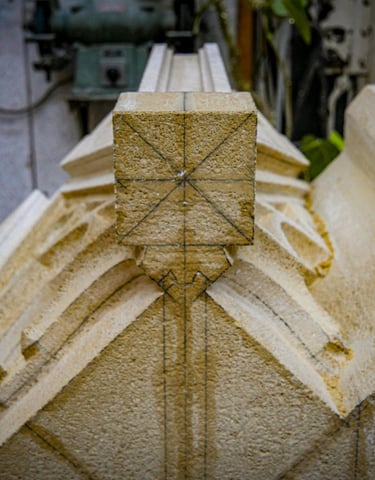

Since our departure on 10 July, we have visited 35 companies, 6 Bauhûttes* and 5 quarries. We have also collected nearly thirty interviews with stone cutters and stone professionals in Germany, Switzerland, Austria and Hungary. For almost a year, we have been experimenting with our fieldwork and research methodology. But also, we managed to work one month in Bavaria at a stonemason's, 10 days at the Bauhütte in Vienna, one month on the church in Klosterneuburg and one month at the workshop of the Soskut quarry in Hungary. As we go along, between chance encounters and those provoked, a guiding thread is built. One person leads us to another and we hope that this system will lead us to China. The itinerary is interspersed with periods of study, meetings, visits, writing and stone-cutting. We progress according to information, work, time and fatigue. We finish our first year of the expedition with the Balkan countries and think about writing a first report on the countries we have visited. So it is a rather happy beginning for us, with our objectives, for the most part, achieved.
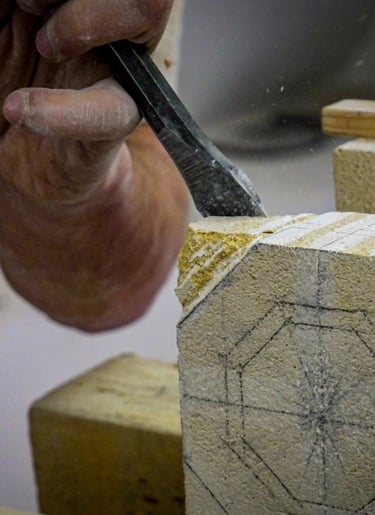

The project is an independent study on the tailoring profession in Eurasia. That is to say, we are working on the elaboration of an assessment of the profession in several countries, by the realization of various written and audiovisual supports. In order to carry out this project, we need to communicate around it in order to reach a wider audience than that of the stone world. We only want to share, as objectively as possible, some of our observations. We really want to inform, even if our mode of travel, which is the bicycle, can be confused with the notion of simple travel. But it is true that we hope, in the long term, to be able to open up some vocations. To try to make people discover the profession from a different angle than that of open doors or internships. To show a more international image which certainly speaks better to a young person today. That they can feel that with such a profession, they can be free and find in its many facets, both practical and theoretical, an activity that corresponds to them.
Do you hope that your project will encourage young people to take an interest in the stone industry?
In order to speak to everyone and to be able to popularise the stonemasonry profession as well as to communicate with professionals, we have planned to produce various results and communication formats.
How is the beginning of your journey going?




Since our departure on 10 July, we have visited 35 companies, 6 Bauhûttes* and 5 quarries. We have also collected nearly thirty interviews with stone cutters and stone professionals in Germany, Switzerland, Austria and Hungary. For almost a year, we have been experimenting with our fieldwork and research methodology. But also, we managed to work one month in Bavaria at a stonemason's, 10 days at the Bauhütte in Vienna, one month on the church in Klosterneuburg and one month at the workshop of the Soskut quarry in Hungary. As we go along, between chance encounters and those provoked, a guiding thread is built. One person leads us to another and we hope that this system will lead us to China. The itinerary is interspersed with periods of study, meetings, visits, writing and stone-cutting. We progress according to information, work, time and fatigue. We finish our first year of the expedition with the Balkan countries and think about writing a first report on the countries we have visited. So it is a rather happy beginning for us, with our objectives, for the most part, achieved.


The project is an independent study on the tailoring profession in Eurasia. That is to say, we are working on the elaboration of an assessment of the profession in several countries, by the realization of various written and audiovisual supports. In order to carry out this project, we need to communicate around it in order to reach a wider audience than that of the stone world. We only want to share, as objectively as possible, some of our observations. We really want to inform, even if our mode of travel, which is the bicycle, can be confused with the notion of simple travel. But it is true that we hope, in the long term, to be able to open up some vocations. To try to make people discover the profession from a different angle than that of open doors or internships. To show a more international image which certainly speaks better to a young person today. That they can feel that with such a profession, they can be free and find in its many facets, both practical and theoretical, an activity that corresponds to them.
Do you hope that your project will encourage young people to take an interest in the stone industry?
In order to speak to everyone and to be able to popularise the stonemasonry profession as well as to communicate with professionals, we have planned to produce various results and communication formats.
How is the beginning of your journey going?



Follow the project ...
Editorial by the La Route de la Pierre team
©️La Route de la Pierre | Legal Notice | Privacy Policy | General Terms and Conditions of Sale
